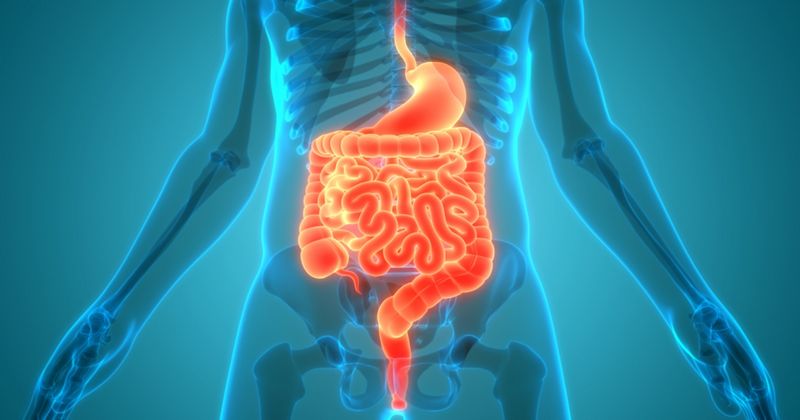Gut microbiome dictates DMARD response in RA; DMARDs partly restore microbiota diversity
Key takeaways:
- Patients with RA who responded to DMARD therapy showed reduced microbiome levels of certain bacteria.
- DMARD therapy in RA restores disrupted microbiome to “a more eubiotic state.”
Gut microbiota profiles in stool samples of patients with rheumatoid arthritis predicted their response to disease-modifying antirheumatic drugs, according to data in Rheumatology.
The researchers also reported that DMARD therapy was responsible for “partial restoration of the microbiome to a more eubiotic state” in patients with RA who responded well.

“Treatment response to DMARDs is patient-specific, dose efficacy is difficult to predict and long-term results variable,” Nathan P. Danckert, PhD, of King’s College London, and colleagues wrote. “Accurate early identification of those who will respond poorly to DMARD therapy would allow selection of alternative treatment (eg, biologic therapy) and potentially improve outcome.”
Danckert and colleagues noted that “few” large-scale studies have evaluated the microbiome as a predictor of clinical response. To probe that connection, they analyzed microbes in stool and saliva samples taken from patients with RA as part of the longitudinal, observational Influence of Methotrexate on the Rheumatoid Arthritis Microbiome study.
Shotgun sequencing was used to analyze samples from 144 adult patients with RA (72.9% female) not exposed to DMARDs at baseline, with further samples analyzed at 6 weeks and 12 weeks after DMARD therapy was initiated. Treatment response, determined by minimal clinically important improvement (MCII), was measured at each point.
Six weeks into DMARD treatment, differences in microbiome emerged between patients who attained MCII and those who had not. Thirteen taxa had decreased among those attaining MCII, seven of which were species of the genus Prevotella. At 12 weeks, 13 more taxa had significantly decreased, 10 of which were species of Streptococcus.
The researchers also compared their early RA cohort with a cohort treated with DMARDs for 12 months or longer, consisting of 212 stool and saliva samples from the Norfolk Arthritis Register. Compared with baseline DMARD-naïve samples, the long-term cohort had 32 taxa differing in abundance, of which 15 reduced taxa were species of Prevotella. These included P. denalis, P. denticola, P. histicola, P. intermedia, P. melaninogenica, P. nigrescens, P. oris and P. ruminicola.
The study’s limitations include “sparse” changes in saliva metagenomes and relatively short follow-up, they wrote. Further research should investigate connections between ethnicity, RA and the microbiome, they added, noting that species of Prevotella “are known to dominate the gut microbiome in ‘non-westernized’ populations.’”
“We identified a partial restoration of the microbiome to a more eubiotic state in RA patients at six weeks and 12 weeks DMARD treatment in participants that responded well to DMARD therapy,” Danckert and colleagues wrote. “This was further supported by long-term treated DMARD RA participants with similar community shifts. Finally, microbiomes provide a promising diagnostic tool for guiding therapeutic decisions in future.”








